AO Edited
Jane Addams Hull-House Museum
This historic house museum that celebrates one of the world's most influential social reformers is also one of the most haunted locations in Chicago.
At the Jane Addams Hull-House Museum, it is common for visitors to report spiritual presences and hunt for ghosts in different rooms. Stories of ghost children running in the upstairs corridor and Hull-House’s resident Lady in White (said to haunt Jane Addams’ bedroom) abound. But none draws in visitors like the tale of the Devil Baby, a demonic infant who was supposedly brought to Hull-House by its horrified parents and locked away in the mansion’s attic by the famous social reformer Jane Addams.
The reports of ghosts are not surprising considering the history of the neighborhood. During the American Industrial Revolution, waves of new immigrants moved into the Near West Side of Chicago. Many were forced to live in tenement housing, with up to seven families in a single unit, separated only by walls of cardboard. Garbage filled the streets, adequate hygiene was impossible due to a lack of toilets or baths, and pollution from nearby industries seeped into the Chicago River. Immigrants traveled across an ocean for factory work that was dangerous and paid pennies. Workers often got maimed on the job, deaths on the factory floor were common, and they were constantly exposed to toxic chemicals like lead. Children as young as five could be found working in the factories as child labor was not yet abolished. The dire situation led many reformers of the time to take action against these dangers.
The Hull-House Settlement, founded by Jane Addams and Ellen Gates Starr, was inspired by a trip to Toynbee Hall, a similar institution in London. Jane Addams wanted to create a space that sought to serve the needs of the community as was common during the “Progressive Era” in the United States. The settlement house movement, which began in the late 1800s, saw volunteers settling in poverty-stricken neighborhoods and creating social and cultural institutions to provide resources to the people living there.
As the reputation of Hull-House grew, stories of ghosts would follow Jane Addams and the residents living there. Allegedly, residents would leave bowls of water at the top of stairs since it was theorized that spirits could not cross a body of water. The story of the Devil Baby claims that the child haunts the attic to this day. When the rumors began in 1912, it was so frightening to neighbors that droves of women would crowd Hull-House looking for evidence of the Devil Baby. Jane Addams hypothesized that this obsession over the tale came from those who were projecting their anxieties of living in the neighborhood at that time. (The story is widely believed to have inspired the 1967 novel Rosemary’s Baby, as well as the 1968 film of the same name.)
Over the course of its over 70 years in operation, Hull-House served disadvantaged immigrant communities in Chicago by creating public health programs and initiatives in every area imaginable—health clinics, nutrition, sanitation, childcare, and much more. At the same time, the settlement was a hub of community growth and cultural celebration. Neighbors could take citizenship or English-language classes one evening and join a dance club or the Hull-House choir the next. Hull-House was a model for other settlement houses across the U.S. and internationally in their mission to address social inequality.
The Hull-House settlement complex was demolished in 1963 to make way for the University of Illinois Chicago campus, and only two of the original 13 buildings remain. Both are designated as protected historic landmarks and now make up the Jane Addams Hull-House Museum. The museum commemorates the work of the Hull-House Settlement, the lives of those in the neighborhood, and the continuing fight for social change that Hull-House was part of over a century ago.
Know Before You Go
Jane Addams Hull-House Museum is located on the UIC campus, just outside of Student Center East. Individual entry is free with a suggested donation; paid guided tours are available in-person and virtually. The Museum’s calendar runs parallel to the UIC academic calendar, so make sure to double-check for closures around major holidays. Parking is available directly across the street from the museum.
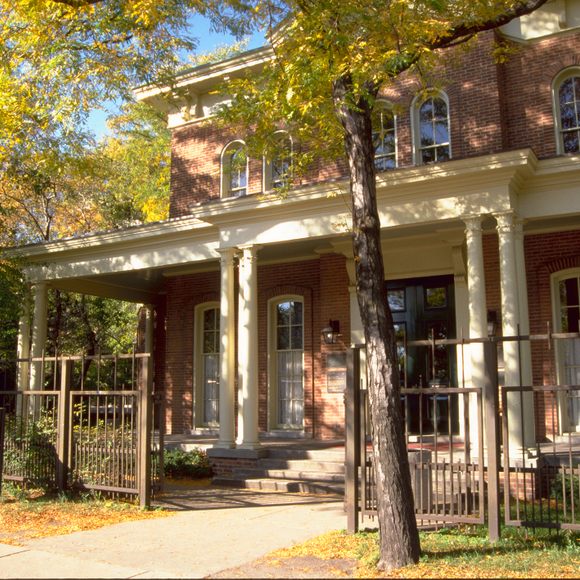


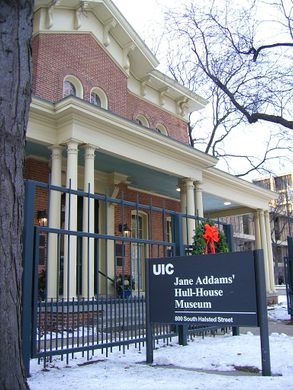


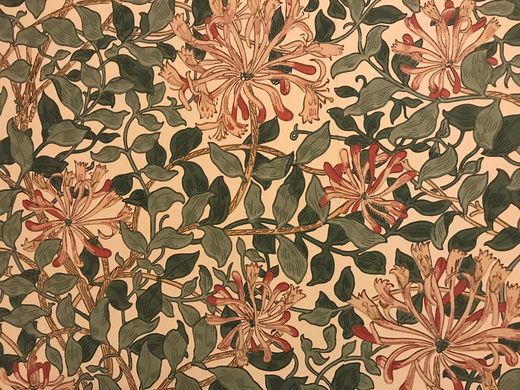



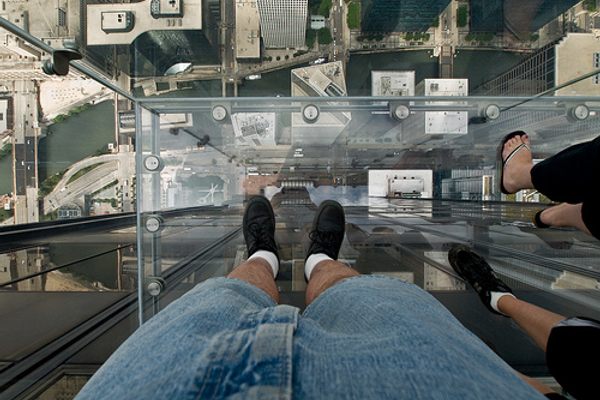

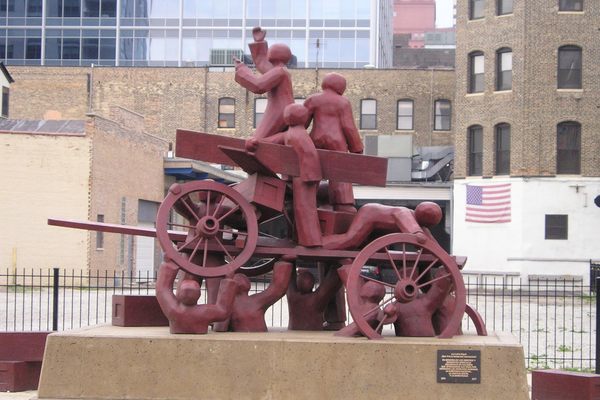



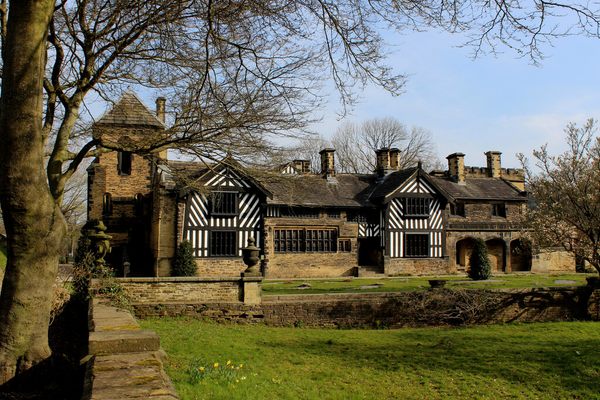
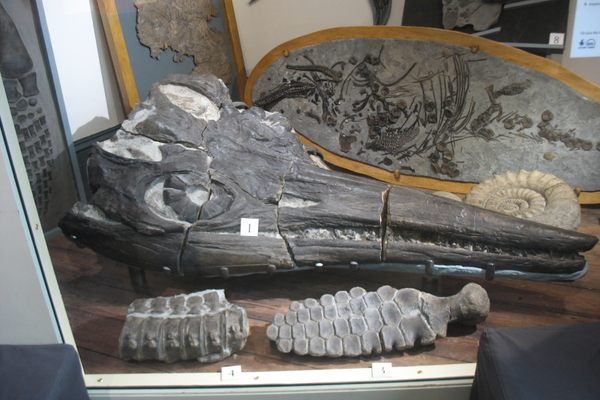

Follow us on Twitter to get the latest on the world's hidden wonders.
Like us on Facebook to get the latest on the world's hidden wonders.
Follow us on Twitter Like us on Facebook